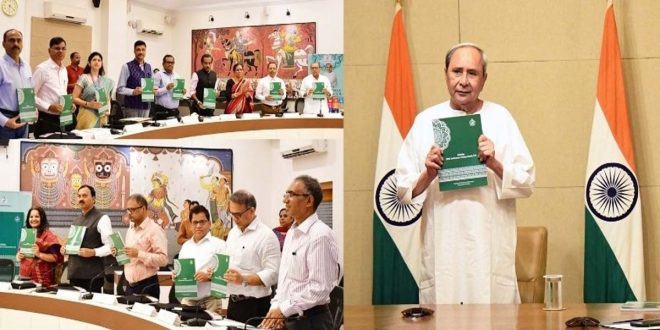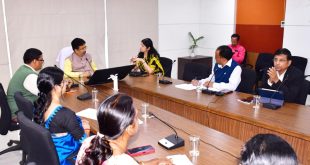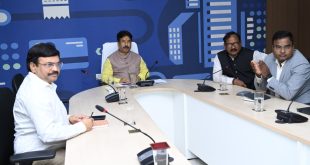Chief Minister Naveen Patnaik today launched the second version of the Odisha SDG Indicator Framework (OSIF 2.0) and urged every Department to make intelligent use of this framework as together we march towards 2030. Pronouncing the commitment to the SDGs, he said, “Together we can; Together we will.”
Joining the programme on virtual platform, the Chief Minister said that the clarion call issued by the United Nations’ Sustainable Development Goals (SDGs) is a testament that the only way going forward is to develop sustainably- integrating the social, economic and environmental dimensions of development.
He added that Odisha has been a frontrunner in spearheading programmes that breathe Sustainable Development at its core.
The CM enunciated that our principles of 5T amplify our commitment to leave no one behind. Therefore, it becomes highly imperative that we monitor our progress in precise and challenging ways. The Odisha SDG Indicator Framework (OSIF 2.0) intends to do just this. The indicators developed, involving all the SDG implementing Departments, will help us assess and explore effective strategies to bridge gaps to achieve our targets.
He further said that over the years, Odisha has been strengthening its resilience and adaptive capacity in dealing with natural disasters and is known today for its ‘zero casualty’ approach to disaster management. Similarly, through the Odisha Millets Mission, the State started the initiative of diversifying the food palette to improve the nutritional requirements of the population, all the while empowering small and marginal farmers. Today, Odisha Millets Mission is hailed internationally for this agro-ecological initiative, he said.
As a coastal state at the frontline, he said, facing the perils of climate change, Odisha has long adopted the concept of sustainable development in all the programmes and schemes being implemented by the Government of Odisha. As we continue to grow by leaps and bounds, our developmental model remains anchored in the values of equity, inclusiveness and sustainability, he added.
Underlining the significance of citizen centric schemes for empowerment, he said that the commitment of the State towards empowering women by making them self-reliant through Mission Shakti Self-Help Groups, assuring basic standards of living through Jaga Mission, Biju Pucca Ghar Yojana, Biju Swasthya Kalyan Yojana, BASUDHA, ensuring maternal and neonatal health through schemes like MAMATA, Maa Gruha, SAMMPurNA, wealth transfer to landless & marginal farmers through KALIA, creating world-class schooling infrastructure through 5T Schools, skilling youth under the aegis of World Skill Centre & many more- every single programme is an embodiment of the SDGs.
He added that easy access to services through digital platforms such as Odisha One, with timelines ensured through Odisha Right to Public Services Act (ORTPSA), is yet another citizen-centric act of the Government of Odisha.
Joining the programme Planning & Convergence Minister Shri Rajendra Dholakia said that the programmes of the state government enhanced and strengthened by 5T Initiative are in perfect sync with the Sustainable Development Goals of UN. The SDG Indicator Framework 2023 is more equitable and more target specific which will help us achieving a new, empowered Odisha.
Development Commissioner PK Jena, in his welcome address, said that the UN SDG Agenda has 17 goals to be achieved by 2030. The state government has identified 293 indicators in this framework based upon administrative data. These indicators will help department to align their schemes with the SDG goals, he added.
 Update Odisha-Latest Odisha News I Breaking News Get latest news on Odisha, Govt. Jobs, OSSC, OPSC, Entertainment, Crime, Sports, and Education
Update Odisha-Latest Odisha News I Breaking News Get latest news on Odisha, Govt. Jobs, OSSC, OPSC, Entertainment, Crime, Sports, and Education



